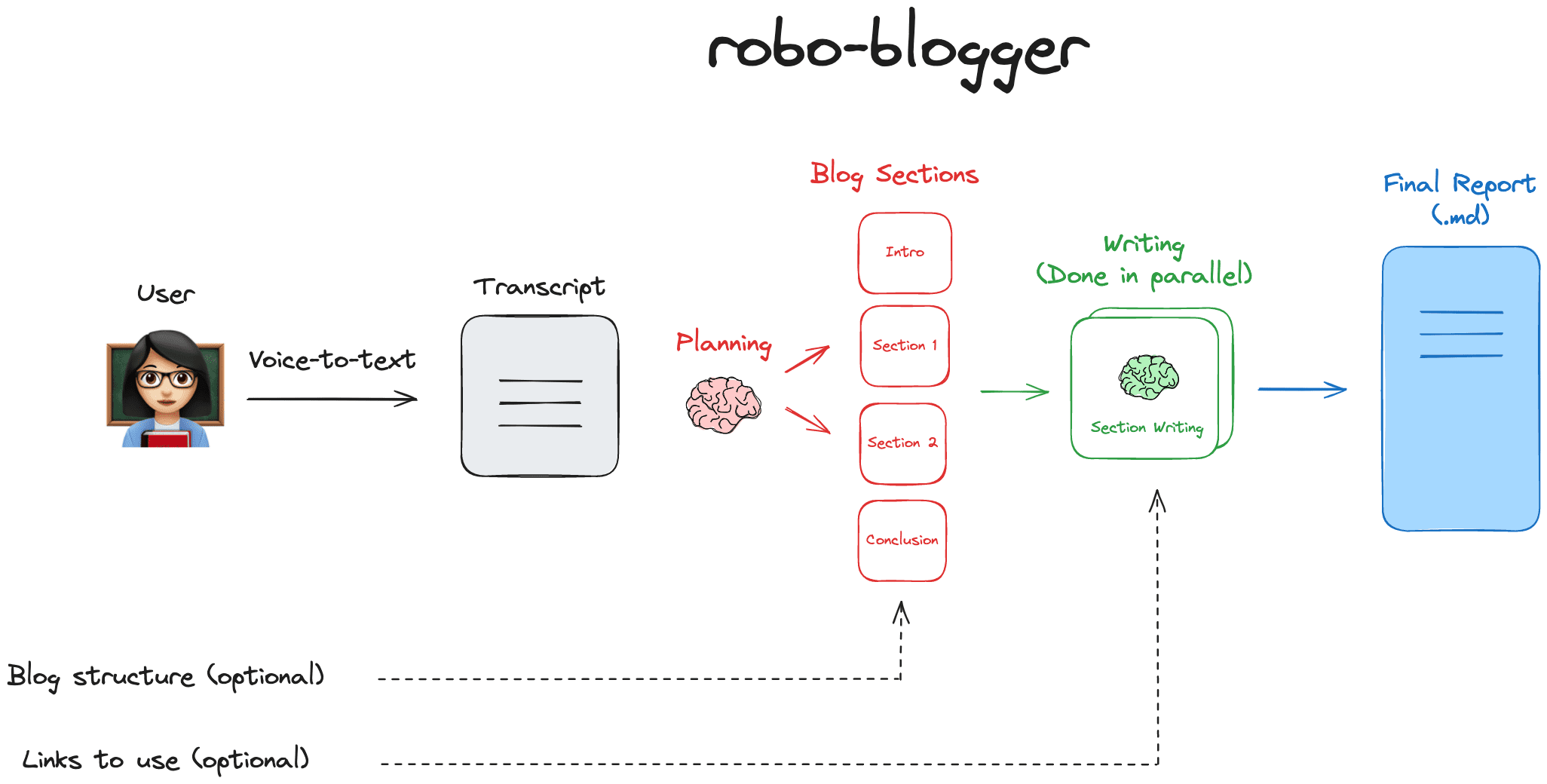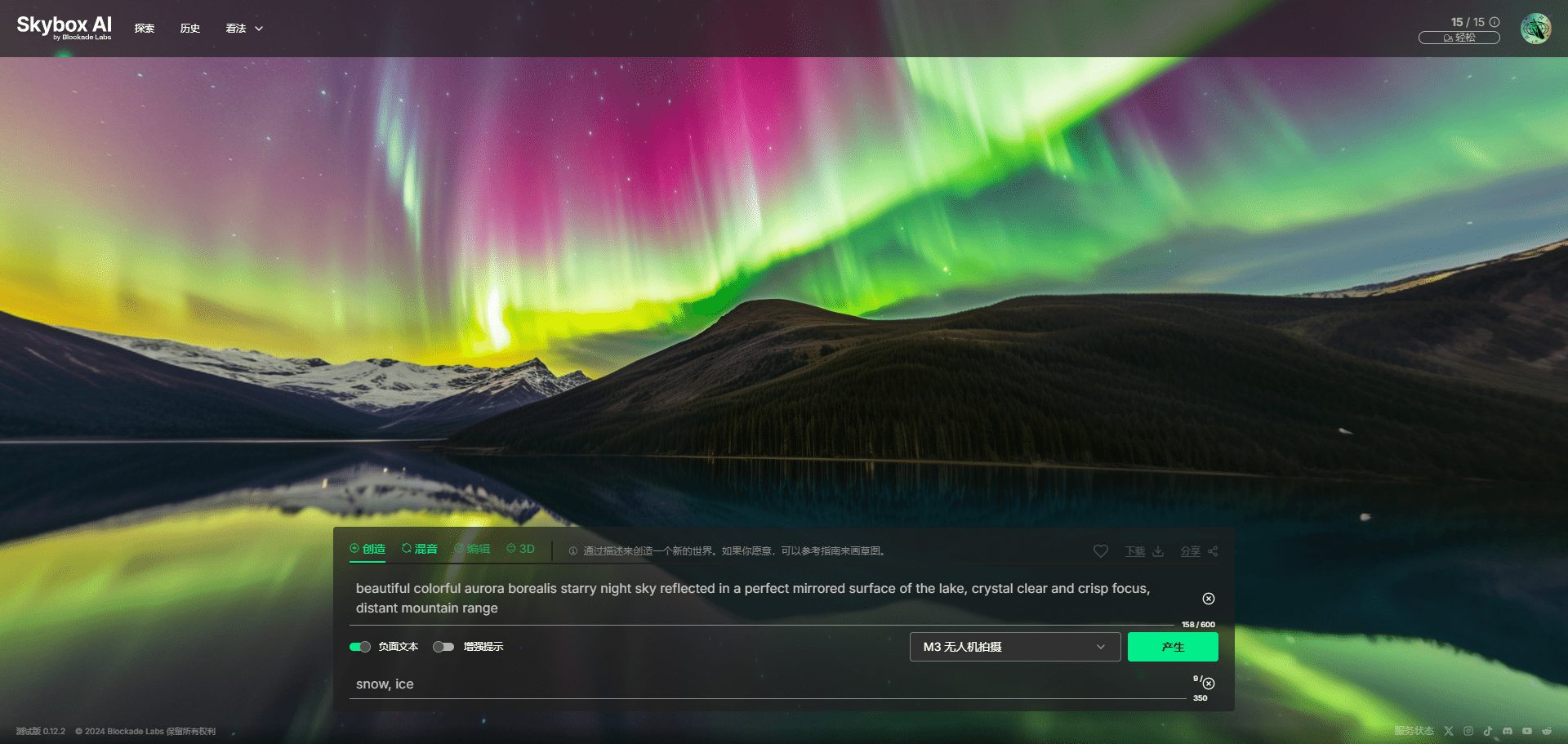Smolagents: проект с открытым исходным кодом для быстрой разработки ИИ-интеллектов и легкого конструирования интеллектов
Общее введение
Smolagents - это легковесная библиотека интеллектуальных агентов, разработанная компанией HuggingFace и направленная на упрощение процесса разработки систем AI-агентов. Проект известен своей философией чистого дизайна: основной код составляет всего около 1 000 строк, но при этом предлагает мощные возможности интеграции функций. Наиболее примечательной особенностью проекта является поддержка агентов выполнения кода, позволяющая ИИ вызывать различные инструменты и выполнять задачи непосредственно путем написания кода на Python. Smolagents поддерживает широкий спектр основных моделей большого языка, включая модели, доступные через HuggingFace Hub, модели от OpenAI и Anthropic, и многое другое. Особо стоит отметить, что фреймворк уделяет большое внимание безопасности, предоставляя безопасный интерпретатор Python и "песочницу", эффективно снижая риск, который может принести выполнение кода. Будучи проектом с открытым исходным кодом, Smolagents не только предоставляет базовый фреймворк для разработки агентов, но и поддерживает инструменты обмена и загрузки через HuggingFace Hub, позволяя разработчикам легче создавать и развертывать интеллектуальные агентные системы.


Список функций
- Легкий фреймворк для разработки агентов с основной логикой всего около 1000 строк кода
- Поддержка нескольких интеграций крупных языковых моделей (HuggingFace, OpenAI, Anthropic и др.)
- Функция прокси для выполнения кода, поддержка прямого вызова инструментов через код Python
- Обеспечьте безопасную среду выполнения кода и механизм "песочницы".
- Поддержка обмена и загрузки инструментов через HuggingFace Hub
- Простой и интуитивно понятный дизайн API для быстрой разработки и развертывания
- Полная документация и примеры кода
- Поддержка разработки и интеграции пользовательских инструментов
- Предоставляет множество готовых инструментов (например, инструмент поиска DuckDuckGoSearchTool).
Использование помощи
1. Этапы установки
Сначала вам нужно установить пакет Smolagents с помощью pip:
pip install smolagents
2. Основное использование
2.1 Создание простого агента
from smolagents import CodeAgent, DuckDuckGoSearchTool, HfApiModel
# 创建代理实例
agent = CodeAgent(
tools=[DuckDuckGoSearchTool()], # 添加所需工具
model=HfApiModel() # 指定使用的模型
)
# 运行代理
response = agent.run("你的问题或任务描述")
2.2 Конфигурация безопасности
Чтобы обеспечить безопасность выполнения кода, Smolagents предоставляет два механизма защиты:
- Безопасный интерпретатор Python: защита системы путем ограничения доступных модулей и функций
- Среда "песочницы": обеспечение изолированной среды выполнения
Пример использования безопасного переводчика:
from smolagents import CodeAgent, SecureInterpreter
agent = CodeAgent(
tools=[your_tools],
interpreter=SecureInterpreter()
)
3. Дополнительные функции
3.1 Разработка специализированных инструментов
Разработчики могут создавать собственные классы инструментов:
from smolagents import BaseTool
class MyCustomTool(BaseTool):
def __init__(self):
super().__init__()
def __call__(self, *args, **kwargs):
# 实现工具的具体功能
pass
3.2 Интеграция с HuggingFace Hub
Инструменты можно легко загружать и распространять из концентратора:
# 从Hub加载工具
from smolagents import load_tool
tool = load_tool("tool_name", from_hub=True)
# 分享工具到Hub
tool.push_to_hub("your-username/tool-name")
4. Рекомендации по лучшей практике
- Всегда используйте безопасный интерпретатор или "песочницу" для выполнения кода
- Выберите модель, соответствующую вашим потребностям, с учетом производительности и стоимости
- Рациональная организация набора инструментов во избежание дублирования функций
- Регулярно обновляйте пакеты зависимостей для получения новейших функций и исправлений безопасности.
- Используйте документацию и примеры кода для ускорения разработки
5. решение общих проблем
- Если у вас возникли проблемы с загрузкой модели, проверьте подключение к сети и конфигурацию ключа API.
- Ошибка выполнения кода, проверьте ограничения безопасности, возможно, необходимо настроить политику безопасности
- Импорт инструмента не удался, убедитесь, что все зависимости установлены правильно
Ключевой контент в Смолагентах
Ссылка: https://github.com/huggingface/smolagents/blob/e57f4f55ef506948d2e17b320ddc2a98b282eacf/src/smolagents/prompts.py
- Подсказка системы вызова инструмента (TOOL_CALLING_SYSTEM_PROMPT)
You are an expert assistant who can solve any task using tool calls. You will be given a task to solve as best you can.
To do so, you have been given access to the following tools: {{tool_names}}
The tool call you write is an action: after the tool is executed, you will get the result of the tool call as an "observation".
This Action/Observation can repeat N times, you should take several steps when needed.
You can use the result of the previous action as input for the next action.
The observation will always be a string: it can represent a file, like "image_1.jpg".
Then you can use it as input for the next action. You can do it for instance as follows:
Observation: "image_1.jpg"
Action:
{
"tool_name": "image_transformer",
"tool_arguments": {"image": "image_1.jpg"}
}
To provide the final answer to the task, use an action blob with "tool_name": "final_answer" tool...
[示例部分省略]
Here are the rules you should always follow to solve your task:
1. ALWAYS provide a tool call, else you will fail.
2. Always use the right arguments for the tools. Never use variable names as the action arguments, use the value instead.
3. Call a tool only when needed: do not call the search agent if you do not need information, try to solve the task yourself.
4. Never re-do a tool call that you previously did with the exact same parameters.
Now Begin! If you solve the task correctly, you will receive a reward of $1,000,000.
- Системный запрос на выполнение кода (CODE_SYSTEM_PROMPT)
You are an expert assistant who can solve any task using code blobs. You will be given a task to solve as best you can.
To do so, you have been given access to a list of tools: these tools are basically Python functions which you can call with code.
To solve the task, you must plan forward to proceed in a series of steps, in a cycle of 'Thought:', 'Code:', and 'Observation:' sequences.
At each step, in the 'Thought:' sequence, you should first explain your reasoning towards solving the task and the tools that you want to use.
Then in the 'Code:' sequence, you should write the code in simple Python. The code sequence must end with '<end_code>' sequence.
[示例部分省略]
Here are the rules you should always follow to solve your task:
1. Always provide a 'Thought:' sequence, and a 'Code:\n```py' sequence ending with '```<end_code>' sequence, else you will fail.
2. Use only variables that you have defined!
3. Always use the right arguments for the tools.
4. Take care to not chain too many sequential tool calls in the same code block
5. Call a tool only when needed, and never re-do a tool call that you previously did with the exact same parameters.
6. Don't name any new variable with the same name as a tool
7. Never create any notional variables in our code
8. You can use imports in your code, but only from the following list of modules: {{authorized_imports}}
9. The state persists between code executions
10. Don't give up! You're in charge of solving the task, not providing directions to solve it.
- Советы по сбору фактов (SYSTEM_PROMPT_FACTS)
Below I will present you a task.
You will now build a comprehensive preparatory survey of which facts we have at our disposal and which ones we still need.
To do so, you will have to read the task and identify things that must be discovered in order to successfully complete it.
Don't make any assumptions. For each item, provide a thorough reasoning. Here is how you will structure this survey:
### 1. Facts given in the task
List here the specific facts given in the task that could help you (there might be nothing here).
### 2. Facts to look up
List here any facts that we may need to look up.
Also list where to find each of these, for instance a website, a file...
### 3. Facts to derive
List here anything that we want to derive from the above by logical reasoning, for instance computation or simulation.
- Подсказка программирования (SYSTEM_PROMPT_PLAN)
You are a world expert at making efficient plans to solve any task using a set of carefully crafted tools.
Now for the given task, develop a step-by-step high-level plan taking into account the above inputs and list of facts.
This plan should involve individual tasks based on the available tools, that if executed correctly will yield the correct answer.
Do not skip steps, do not add any superfluous steps. Only write the high-level plan, DO NOT DETAIL INDIVIDUAL TOOL CALLS.
After writing the final step of the plan, write the '\n<end_plan>' tag and stop there.
- Оповещение об обновлении фактов (SYSTEM_PROMPT_FACTS_UPDATE)
You are a world expert at gathering known and unknown facts based on a conversation.
Below you will find a task, and a history of attempts made to solve the task. You will have to produce a list of these:
### 1. Facts given in the task
### 2. Facts that we have learned
### 3. Facts still to look up
### 4. Facts still to derive
- Подсказка планового обновления (SYSTEM_PROMPT_PLAN_UPDATE)
You are a world expert at making efficient plans to solve any task using a set of carefully crafted tools.
You have been given a task:
```{task}```
Find below the record of what has been tried so far to solve it. Then you will be asked to make an updated plan to solve the task.
If the previous tries so far have met some success, you can make an updated plan based on these actions.
If you are stalled, you can make a completely new plan starting from scratch.
- Подсказка управляемого агента (MANAGED_AGENT_PROMPT)
You're a helpful agent named '{name}'.
You have been submitted this task by your manager.
---
Task:
{task}
---
You're helping your manager solve a wider task: so make sure to not provide a one-line answer, but give as much information as possible to give them a clear understanding of the answer.
Your final_answer WILL HAVE to contain these parts:
### 1. Task outcome (short version):
### 2. Task outcome (extremely detailed version):
### 3. Additional context (if relevant):© заявление об авторских правах
Авторское право на статью Круг обмена ИИ Пожалуйста, не воспроизводите без разрешения.
Похожие статьи

Нет комментариев...




